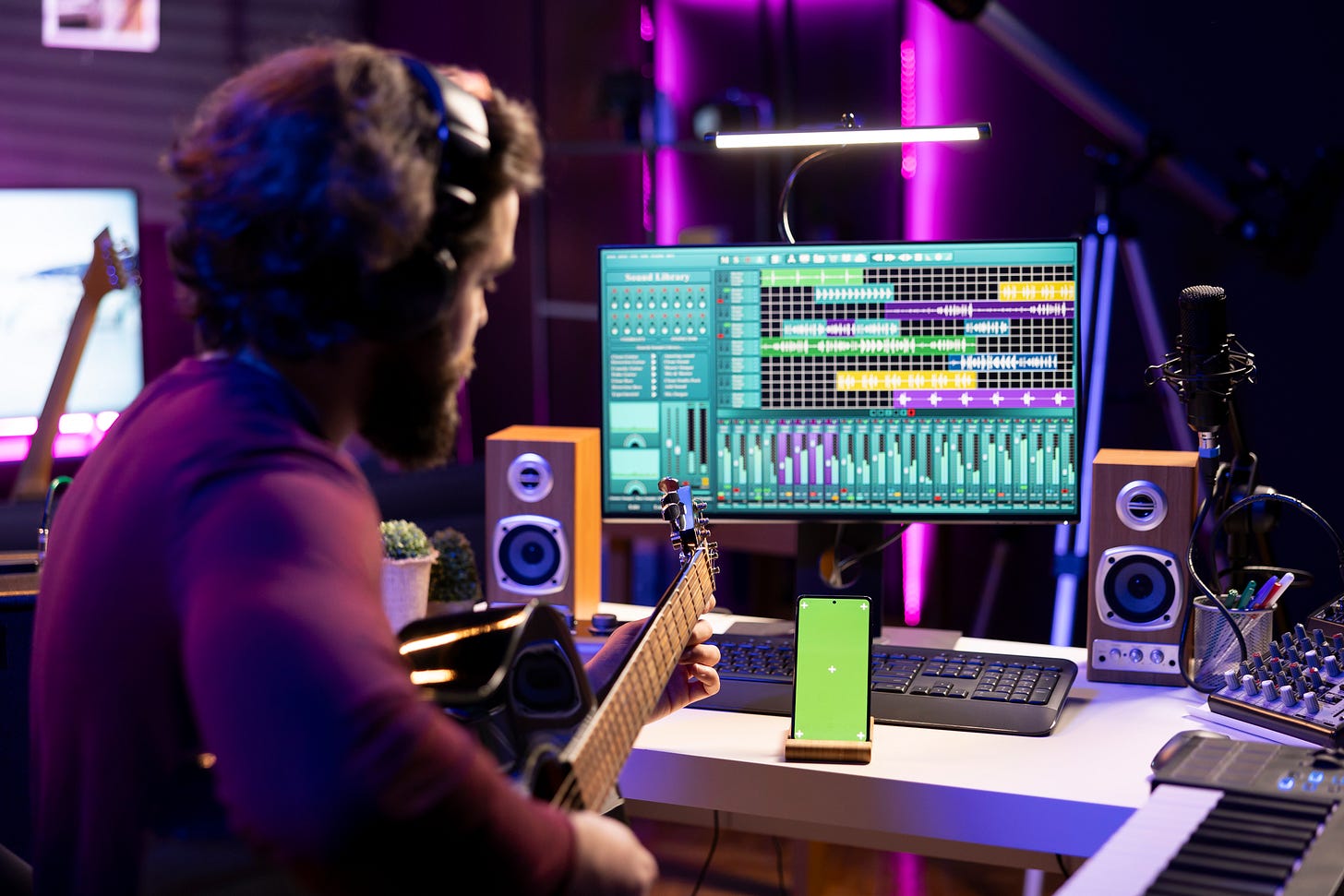Transform Your Music and Podcast Production with PyDub: A Step-by-Step Tutorial
Discover powerful audio editing features for musicians and podcasters. Learn how to convert, merge, and split audio files effortlessly. Elevate your sound projects today!
If you're into music or any kind of audio stuff, dealing with audio data is as crucial as writing good code. That's where PyDub comes into play. It's like a bridge between Python and audio processing, making it super handy for managing audio files.
But why pick PyDub over other options? Imagine a toolbox tailor-made for Python enthusiasts like us, making it a breeze to handle audio files. PyDub does exactly that. It simplifies audio tasks and smoothens out the development process.
At its core, PyDub is all about being straightforward and adaptable. It offers a Python-friendly approach to working with audio, so you can use your Python skills to handle audio files effortlessly. Whether you're editing, converting, or analyzing audio, PyDub's got your back.
Welcome to the PyDub Module.
Imagine you're subscribed to a cool newsletter called 3 Randoms. Each week, it introduces you to three lesser-known Python tools that can make your coding better. It's like expanding your toolbox and discovering new tricks. Welcome to 3 Randoms.
What sets PyDub apart is its easy-to-use design and wide array of capabilities. It smoothly guides us through audio tasks like cutting, merging, and adding effects to audio files, making them feel effortless.
Yet, PyDub goes beyond the basics. It offers advanced functionalities like integrating with other audio libraries, handling various audio formats, and ensuring top-notch audio quality.
I’ve been having a lot of fun with this as you guys know I have my podcast, PyPod Chronicles. I’ve been experimenting using PyDub on my episodes and I must day it’s been quite fun!
Incorporating audio processing into your Python projects is a walk in the park. Whether you're crafting podcasts, designing sound effects, or crunching audio data, PyDub equips you with everything you need to maximize audio's potential in your Python code.
So, brace yourself for an exciting journey as you dive into PyDub and uncover how it can take your Python projects to new heights!
👉 If you get value from this article, please leave it a ❤️. This helps more people discover this newsletter, which helps me out immensely!
This Week’s PyDub Tips
Keep reading with a 7-day free trial
Subscribe to The Nerd Nook to keep reading this post and get 7 days of free access to the full post archives.



